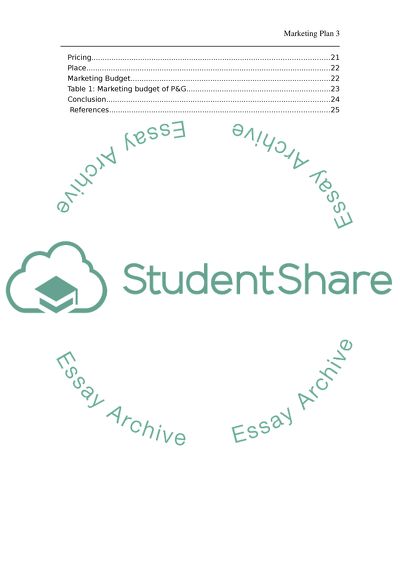Cite this document
(“Launch of P&G InsecKill Insecticide in the UK Essay”, n.d.)
Retrieved from https://studentshare.org/marketing/1403966-launch-of-pg-inseckill-insecticide-in-the-uk
Retrieved from https://studentshare.org/marketing/1403966-launch-of-pg-inseckill-insecticide-in-the-uk
(Launch of P&G InsecKill Insecticide in the UK Essay)
https://studentshare.org/marketing/1403966-launch-of-pg-inseckill-insecticide-in-the-uk.
https://studentshare.org/marketing/1403966-launch-of-pg-inseckill-insecticide-in-the-uk.
“Launch of P&G InsecKill Insecticide in the UK Essay”, n.d. https://studentshare.org/marketing/1403966-launch-of-pg-inseckill-insecticide-in-the-uk.


